- The Grief Wave
- Posts
- The Grief Wave: Threads of Grief, Threads of Care + Catharsis Theater for Loss and Healing
The Grief Wave: Threads of Grief, Threads of Care + Catharsis Theater for Loss and Healing
Reflections, resources, and events for navigating grief
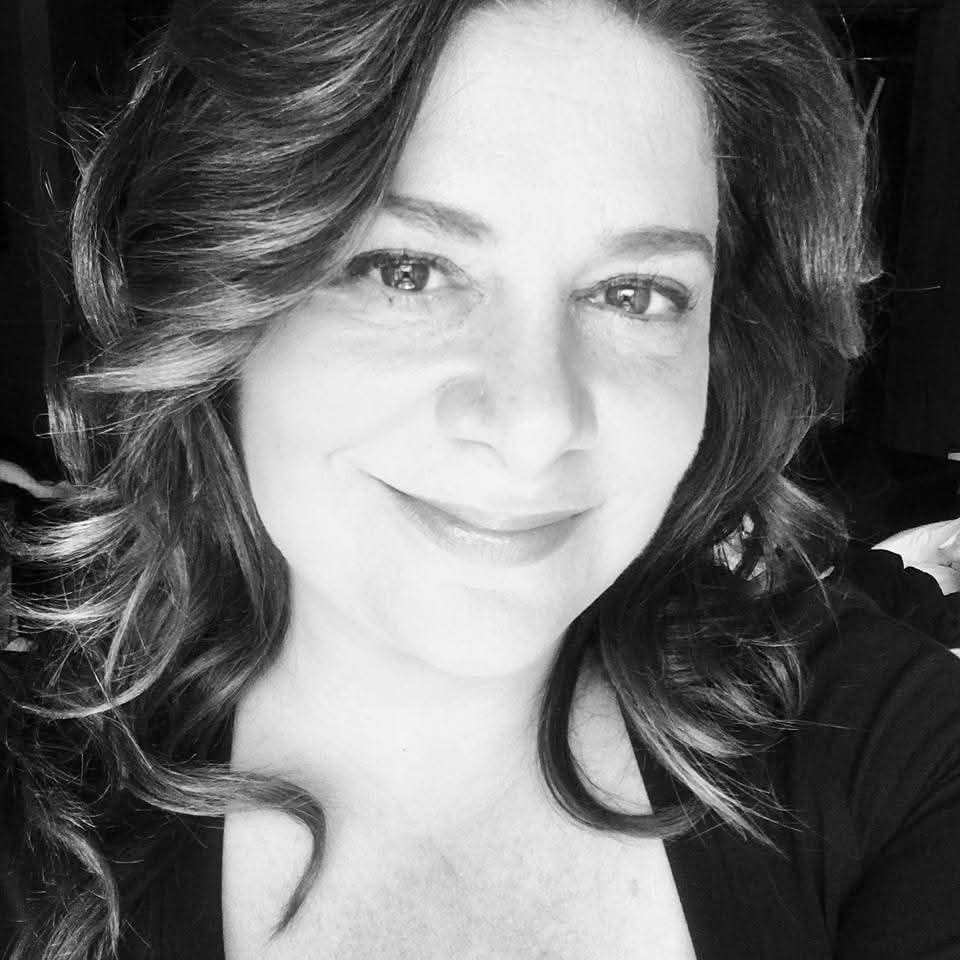
🧭 TL;DR | This Week at a Glance
✨ Profiles & Ideas
💙 Jody S. Gottlieb — Honoring a leader who brought clarity, compassion, and resilience to suicide prevention and mental health
🌊 Grief 101: When Children Grieve (Part 2) — Practical strategies for supporting young hearts through loss
🕯️ National Association of Social Workers (NASW) — Celebrating milestones in a time when help and healing are needed most
📰 News & Reminders
🛡️ California Advances Suicide Prevention and Community Safety — New laws expand bridge safety, park access, and ethics oversight while reinforcing Ramos’ record of productivity
💻 Telemedicine Is Not a Temporary Fix — Congress must make virtual care permanent before politics dismantles a proven lifeline for patients
⚡ When AI Drains the Grid — Data centers powering the tech boom are driving electricity prices up to record highs—leaving families across the U.S. struggling with soaring bills
🎉 Events & Gatherings
🌸 Oct 18 — Catharsis Theater for Loss and Healing: Grief & Relief (October) — When loss feels overwhelming, community and psychodrama open the way to proven healing and renewed hope
(Free | Culver City, LA)
🤝 Oct 10 — NASW-CA for Holding Space: Mindfulness and Getting Unstuck for Social Workers, Providers, and Helping Professionals
(Free | Virtual)
🤖 Oct 15 — Suicide and AI: Virtual Armchair Discussion with Stacey Freedenthal, PhD, LCSW & Jonathan B. Singer, PhD, LCSW
(Free | Virtual)
🧘 Oct 23 — Mindfulness-Based Stress Reduction with Christiane Wolf, MD, PhD
(Santa Monica)
🔔 Nov 1 — Living Deeply Retreat with Elizabeth Stomp and Lulu Toselli
(Santa Monica & Virtual)
🌅 Dec 3–8 — 2025 Ram Dass Legacy “Open Your Heart in Paradise” Retreat
(Napili Kai Beach Resort, Maui)
💔 The Traumatic Loss Companion Course — An online program for navigating sudden, unexpected, or traumatic loss
(Virtual | Self-Paced)
🌊 California Grief Center
Therapy, groups, Catharsis Theater for Loss and Healing, and support for every stage of grief.
💌 Dear friends of The Grief Wave,

Facing the hurt — together.
As autumn takes hold, we’re reminded that every season carries both its sorrows and its gifts — the fading of light, the turning of pages, the quiet traces of what has been. Grief, too, moves in these rhythms: endings that hold the seeds of beginnings, tides that leave their marks even as they draw us forward.
This week’s stories reveal grief’s wide embrace — the loss of a leader who carried compassion and clarity, the overlooked grief of children learning to navigate absence, and the resilience of communities sustained by ethics, advocacy, and gathering together.
Grief is never only loss. It is also a lantern — casting light on what we’ve lived, illuminating the path before us, and guiding us as we walk forward in one another’s company.
✨ Profiles & Ideas
💙 Jody S. Gottlieb
Honoring a leader who brought clarity, compassion, and resilience to suicide prevention and mental health

Jody Gottlieb, Executive Director of The American Association of Suicidology (AAS)
Jody Gottlieb devoted her career to ensuring that no one faced despair without hope. From her early role as Chief Strategy and Communications Officer at the American Association of Suicidology to her leadership as Interim Executive Director, she carried both the history of suicide prevention and the urgency of advancing it, earning recognition as a leader who blended strategic vision with a deep commitment to human dignity.
As head of AAS during a pivotal transition, she pushed advocacy into essential spaces: strengthening operations, expanding partnerships, advancing public education, and fostering collaborations that placed communities most affected at the table. Along the way she navigated shifting landscapes, countered rising mental health challenges, and built bridges that reflected both the resilience of organizations and the power of collective care.
With her unexpected passing in October 2025, the suicide prevention and mental health community—and the world—have lost a rare and necessary voice. At a time when we need people like Jody desperately, her absence underscores both the fragility of life and the urgency of her work. Through it all, she represented the best of service—dedication, generosity, and a career defined by building hope, ensuring that suicide prevention remains not just a mission but a lasting promise of compassion, community, and justice.
🌊 Grief 101: When Children Grieve (Part 2)
Practical strategies for supporting young hearts through loss

Organizations like Our House support grieving children, recognizing that the death of a parent, sibling, or loved one can be devastating at any age.
Children’s grief is the quiet story families often overlook, yet its absence unsettles the whole household. Young hearts sense loss earlier than adults imagine, their questions silenced by euphemisms, their bedrooms carrying the weight of empty chairs, their voices echoing what cannot be spoken aloud. The fracture does not come as sudden collapse but as silence, confusion, a ritual missed, a truth withheld. What disappears is not memory, but the thread of honesty that ties children to trust.
Researchers trace the impact in repeated questions, disrupted sleep, and lingering fears. These are not illusions but evidence—tears, anger, withdrawn friendships, milestones shadowed by grief children cannot yet name. Grief moves in cycles of play and sorrow, and when truth is denied, the net of understanding frays. The loss multiplies in silence, even while questions rise again and again.
Our task is to meet this truth—offering clear words, balancing honesty with care, and listening when children reveal grief in anger, fear, or startling questions. Only then can the next generation inherit not confusion but continuity, where remembering becomes a path toward growth rather than a burden of isolation.
🕯️ National Association of Social Workers (NASW)
Celebrating milestones in a time when help and healing are needed most
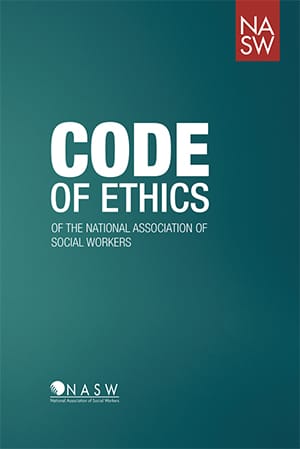
Marking 70 years of the National Association of Social Workers and 65 years of the NASW Code of Ethics—honoring a legacy of service, integrity, and advocacy for the social work profession.
The NASW Code of Ethics is remembered not just as a document, but as a living testament to values and accountability. First adopted in 1960 as 14 guidelines, its evolution has shown the profession that clarity and principle can be revolutionary, proving through decades of revision that ethics are not static rules but commitments to service, justice, and human dignity. Its role demonstrates that guidance in social work is not about detachment—it is about connection, reminding us that integrity requires both principles and practice.
From the 1979 revisions addressing misconduct to the 1996 complete redraft, from the inclusion of nondiscrimination standards in 2008 to the technology-focused updates of 2017 and the self-care and cultural competence additions in 2021, the Code has redefined how social workers meet the moment. It has turned moral distress into ethical dialogue, clinical questions into societal advocacy, and challenges into clarity. Its compass continues to guide practice across schools, hospitals, agencies, and communities worldwide.
The mission endures—in every dilemma weighed against its principles, every policy shaped by its standards, every student who studies its six core values of service, justice, dignity, relationships, integrity, and competence. The NASW Code of Ethics lives on as both milestone and mandate, reminding us that ethics are not abstract—they are the foundation of action, advocacy, and hope.
📰 News & Reminders
🛡️ California Advances Suicide Prevention and Community Safety
New laws expand bridge safety, park access, and ethics oversight while reinforcing Ramos’ record of productivity
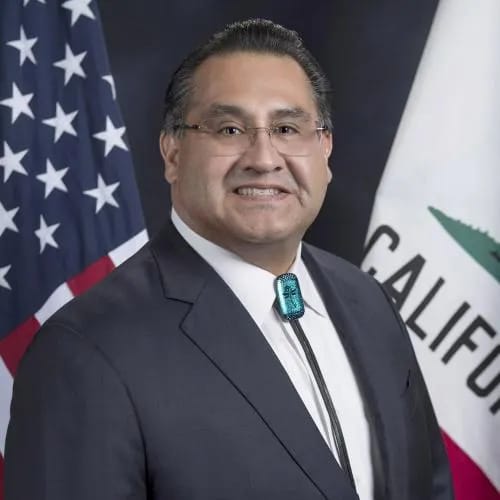
Assemblymember James C. Ramos authored AB 440, California’s new suicide prevention and community safety law, recently signed by Governor Gavin Newsom.
Governor Gavin Newsom has signed six bills by Assemblymember James C. Ramos, including a landmark suicide prevention measure that will require new safety protections on California bridges and overpasses. The law, AB 440, builds on Ramos’s earlier work establishing the Office of Suicide Prevention, and responds to data showing suicide is a leading cause of death among young people and Native American youth. Supporters warn that without action, communities will continue to face preventable tragedies, underscoring the urgency of barriers and other proven deterrents.
The legislation goes beyond physical infrastructure—it highlights how lives can be saved by creating even a pause in a moment of crisis. Research cited by the Legislature showed that nets and other barriers reduce deaths at high-risk sites like the Golden Gate Bridge. With backing from Didi Hirsch Mental Health Services and a wide coalition of health, law enforcement, and community organizations, AB 440 signals a stronger statewide commitment to mental health and suicide prevention.
Ramos’s broader agenda also advanced with the signing of AB 385, enabling San Bernardino County to expand public parkland, and AB 359, ensuring local ethics oversight by the FPPC continues beyond its sunset date. Together, the measures reflect Ramos’s reputation as the most productive Inland Empire legislator, and illustrate his strategy: pairing statewide initiatives with local investment, protecting communities through both prevention and accountability.
💻 Telemedicine Is Not a Temporary Fix
Congress must make virtual care permanent before politics dismantles a proven lifeline for patients

As telemedicine coverage lapses, patients and physicians face uncertainty about whether this vital lifeline will remain open or be shut down by politics. (Adobe)
For the first time in years, patients across the United States have lost access to care not because medicine changed, but because politics did. On October 1, when the government shut down, federal telemedicine flexibilities tied to pandemic-era waivers expired. Those waivers had allowed Medicare and private insurers to reimburse virtual visits at parity with in-person care. Without them, reimbursement is uncertain, visits are being canceled, and physicians are left guessing whether proven care can continue.
The consequences extend beyond administration—they reveal how fragile access remains in a system where patients with leukemia, infections, or chronic conditions can no longer count on virtual visits. Research shows telemedicine rose over 700% during Covid, that nearly 12% of Medicare beneficiaries used it by 2023, and that satisfaction exceeded 90%. Other nations have made it permanent. In the U.S., patients and physicians are forced to navigate cliff after cliff, even as telemedicine reduces ER visits, prevents hospitalizations, and saves billions in costs.
The lesson is clear—telemedicine is no longer optional. It is now a core part of care, woven into lab reviews, medication adjustments, post-surgical check-ins, and mental health support. Treating it as temporary sends medicine backward, undermining trust, burning out physicians, and leaving patients with less than they deserve. Read the full op-ed to see why permanence is essential, and how the stakes extend from exam rooms to the future of care itself.
⚡ When AI Drains the Grid
Data centers powering the tech boom are driving electricity prices up to record highs—leaving families across the U.S. struggling with soaring bills
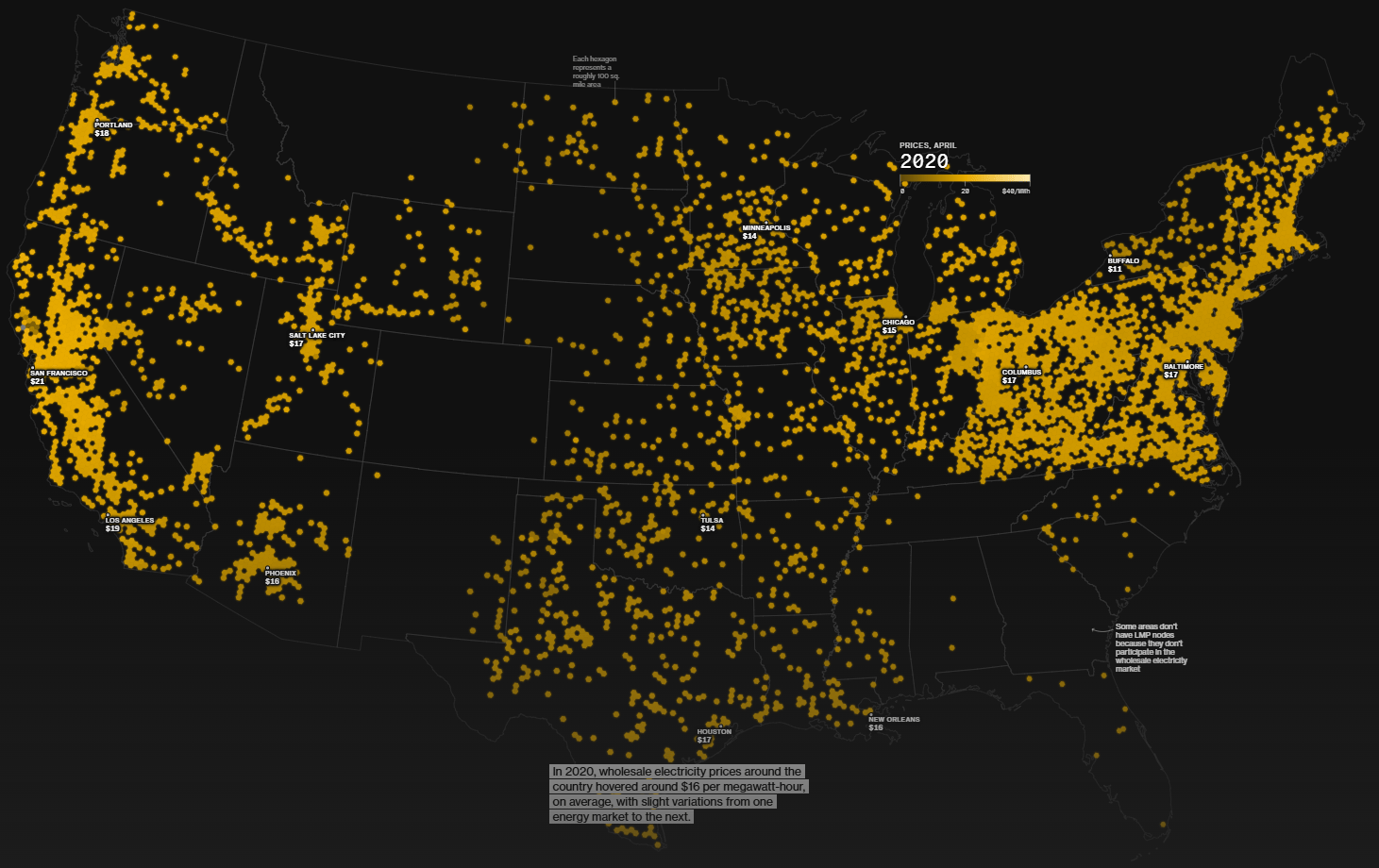
In 2020, wholesale electricity prices across the U.S. averaged about $16 per megawatt-hour, with only small differences between regions—before the AI-driven data center boom began driving costs sharply higher.
A new analysis marks the rise of AI-era data centers in the U.S., highlighting both their everyday impact and the political debates they provoke. Wholesale electricity prices now spike in places near heavy data center activity—sometimes as much as 267% higher for a single month than five years ago—pulling households into the costs of the digital economy. In Baltimore, residents report bills up 50% or more, and PJM’s market monitor tallied more than $9.3 billion in added consumer costs across its footprint over 12 months.
Advocates for rapid tech growth note these facilities power everything from chatbots to streaming, while utilities and officials wrestle with how to divide costs on stressed grids. Companies invest hundreds of billions to expand capacity, and some regions consider tariffs or new rules to ensure large users pay their share. Yet consumers like Kevin Stanley and Antoinette Robinson confront stark trade-offs—higher bills, tighter budgets—as local grids face congestion, plant retirements, and soaring demand.
The question endures: how should the price of AI-scale computing be shared? Policymakers debate accountability measures, states convene emergency meetings, and residents ask why bills keep climbing. The boom that fuels U.S. tech leadership now tests fairness at the meter, turning invisible server racks into visible line items on kitchen tables.
🎉 Events & Gatherings
🌸 Catharsis Theater for Loss and Healing: Grief & Relief (Free)
When loss feels overwhelming, community and psychodrama open the way to proven healing and renewed hope

The Blue Door Theater, Downtown Culver City
Catharsis Theater for Loss and Healing is a free, monthly gathering where unfinished grief finds witness, expression, and relief in community. All are welcome.
📅 Saturday, October 18 | 1:00–4:30 PM (arrive 12:30–12:45)
📍 Blue Door Theater, Culver City
What is Catharsis Theater?
Catharsis Theater is a safe, psychodrama-inspired, trauma-informed gathering that draws on psychodrama, sociometry, and other proven group-based methods that emerged as some of the most effective, supportive, and most widely used mental health approaches of the 20th century.
Psychodrama is reemerging as a powerful way to help people navigate profound grief and loss, just as it once did for returning soldiers after World War II, during the Civil Rights era, in the wake of Hurricane Katrina, and in New York after 9/11. Through Catharsis Theater for Loss and Healing, individuals, families, and communities can once again transform sorrow into connection and resilience, honoring both personal pain and the collective grief of our country.
✨ What makes it unique:
– Not performance, but presence
– Not scripted, but supportive
– Not clinical therapy, but deeply healing
🕯️ Join if you’re ready. Simply come as you are.
With gratitude to ArtsUp! LA for hosting.
🤝 NASW-CA for Holding Space: Mindfulness and Getting Unstuck for Social Workers, Providers, and Helping Professionals (Free)
Zoom | Friday, October 10, 2025 | 12:00-1:30pm PT

Holding Space: A free virtual mindfulness and self-care event for social workers and providers.
Since its beginning, Holding Space has been a gathering for reflection—a place where social workers and helping professionals can reconnect, recharge, and reset in the midst of stress and burnout.
As we approach October, we meet virtually with Marcia T. Leftwich and Brian Stefan, LCSW, to explore mindfulness strategies for getting unstuck and finding balance. This timely session welcomes anyone seeking tools for resilience and renewal through guided practice and shared reflection.
All are invited to join this thoughtful 90-minute exchange of ideas, practice, and community online.
💛 Registration open now.
🤖 Suicide and AI — Virtual Armchair Discussion with Experts Stacey Freedenthal, PhD, LCSW and Jonathan B. Singer, PhD, LCSW (Free)
Zoom | October 15, 2025 | 8:00-9:30am PT | 11:00am-12:30pm ET
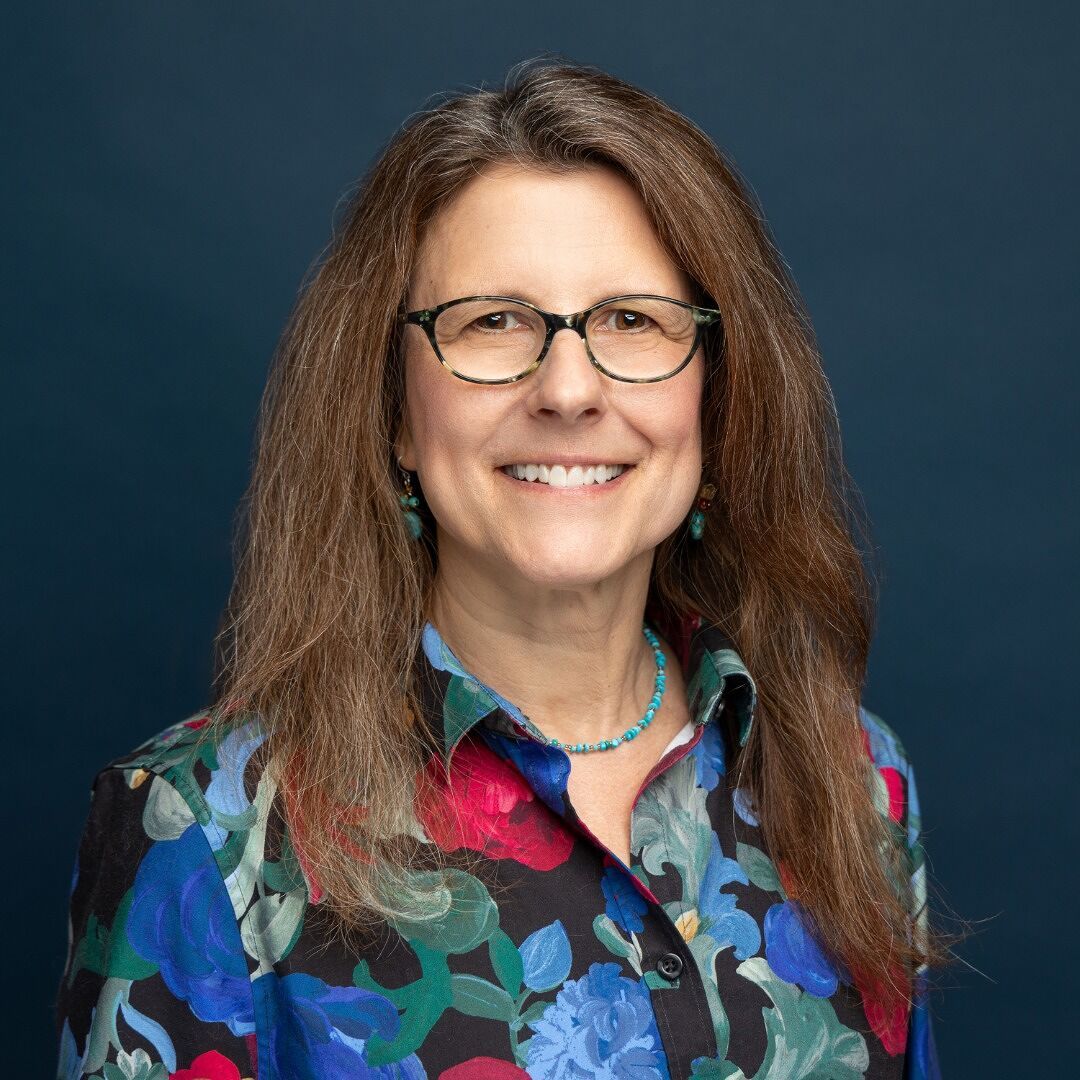
Stacey Freedenthal, PhD, LCSW, is a suicidologist, author, psychotherapist, and professor of social work
Since its beginning, the Suicide and AI discussion has been a gathering for reflection—a space to explore lived experience, scholarship, and practice wisdom at the edge of technology and human suffering.
As we approach October, we meet virtually with Stacey Freedenthal, PhD, LCSW, and Jonathan B. Singer, PhD, LCSW, to unpack the risks and opportunities of generative AI in suicide prevention. This timely conversation welcomes mental health professionals, educators, and scholars seeking tools to use today while planning for a safer tomorrow.
All are invited to join this thoughtful 90-minute exchange of ideas, practice, and community online.
💛 Registration open now. Oct. 15, 2025, 8:00 a.m. PT / 11:00 a.m. ET.
🧘 Mindfulness-Based Stress Reduction with Christiane Wolf, MD, PhD
Santa Monica | October 23-December 18, 2025 | Thursdays 6:30 PM - 9:00 PM PT
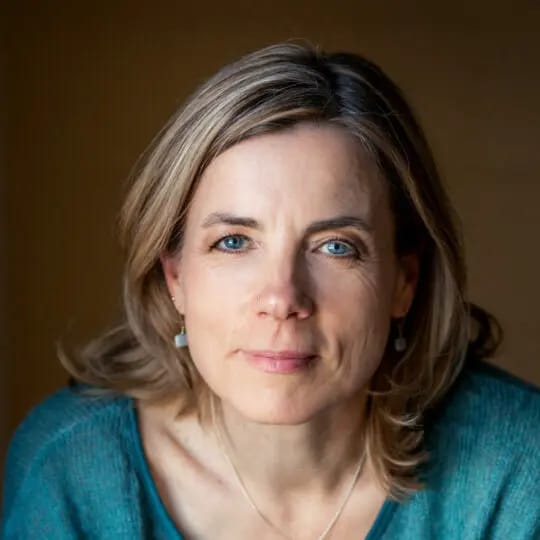
Christiane Wolf, MD, PhD
For over 20 years, InsightLA has offered mindfulness teachings to people from all walks of life—a community gathering to find balance, peace, and well-being.
This fall, we meet at the Santa Monica Meditation Center for an eight-week Mindfulness-Based Stress Reduction & Mindful Self-Compassion series with Christiane Wolf, MD, PhD. Rooted in decades of research, this program supports greater resilience, healing, and connection in daily life.
Each session welcomes both newcomers and longtime practitioners, offering guided practices, reflection, and tools for managing stress, pain, and uncertainty.
💛 Registration open now. Thursdays, Oct. 23–Dec. 18, 2025, Santa Monica.
🔔 Living Deeply Retreat with Elizabeth Stomp and Lulu Toselli
Santa Monica & Online (Hybrid) | Saturday, November 1, 2025

InsightLA brings mindfulness and compassion to Los Angeles and beyond through practice and community.
For over 20 years, InsightLA has welcomed people from all backgrounds into a community of mindfulness—spaces to pause, restore, and reconnect with the heart.
This fall, we gather at the Benedict Canyon Retreat House for a daylong Living Deeply Retreat with Elizabeth Stomp and Lulu Toselli. Rooted in mindfulness and compassion, the program offers guided meditation, movement, walking practice, and gentle silence in a peaceful natural setting.
Each retreat invites both newcomers and longtime practitioners, providing tools for steadiness, clarity, and care amidst life’s uncertainty.
💛 Registration open now. Saturday, Nov. 1, 2025, 10 a.m.–4 p.m. PT, Benedict Canyon.
🌅 2025 Ram Dass Legacy "Open Your Heart in Paradise" Maui Retreat
Napili Kai Beach Resort | December 3-8, 2025

Join the Ram Dass Foundation with Krishna Das & Friends at the beloved “Open Your Heart in Paradise” Maui retreat, honoring Ram Dass’s enduring legacy.
Since 2008, the Ram Dass Legacy Retreat has been a sanctuary for seekers—a gathering to reflect, connect, and return to the heart.
As we approach December, we meet once more at the Napili Kai Beach Resort for Open Your Heart in Paradise, honoring Ram Dass’s vision with music, meditation, teachings, and community. This beloved retreat continues to welcome pilgrims, newcomers, and longtime friends alike on the spiritual path.
All are invited to join this immersive six-day experience of silence, song, practice, and celebration in Maui.
💛 Registration open now. Dec. 3–8, 2025, Napili Bay.
💔 The Traumatic Loss Companion Course (Virtual)
An online self-help program for individuals living with the aftermath of a sudden, unexpected or traumatic death of a loved one
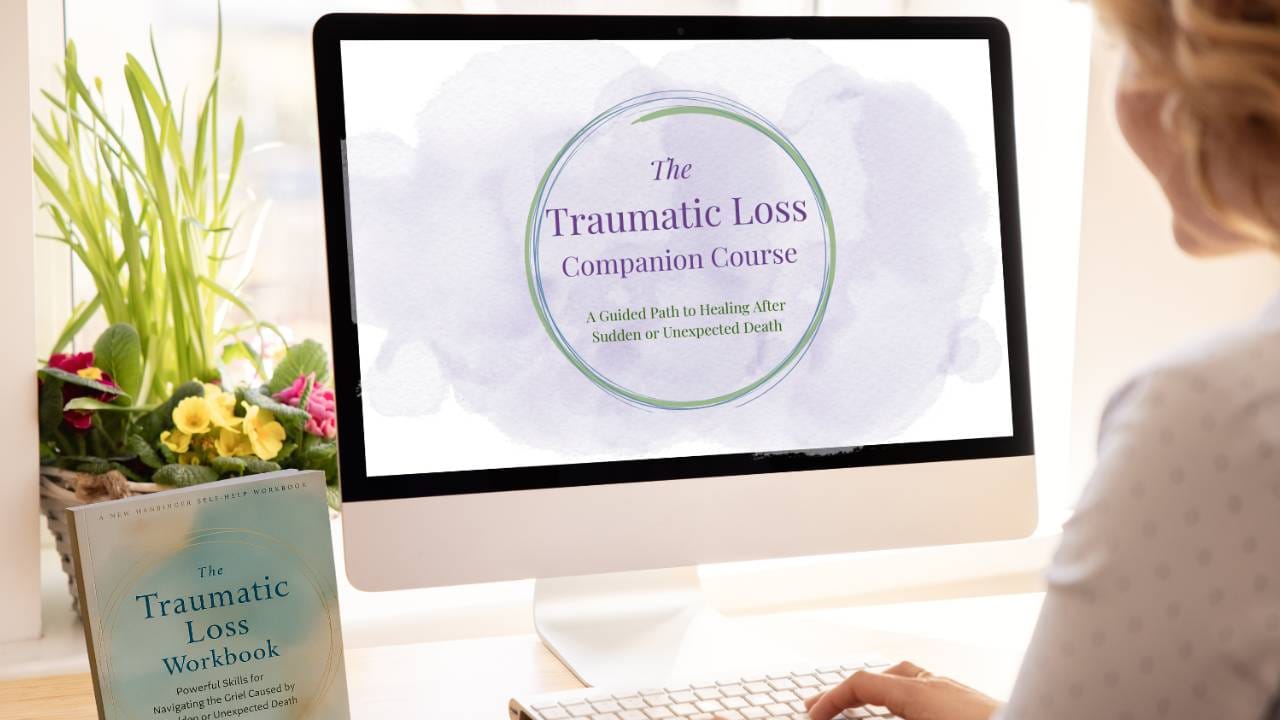
Created and narrated by Dr. Jennifer R. Levin, LMFT Author of The Traumatic Loss Workbook
Since its creation, the Traumatic Loss Companion Course has been a refuge for the grieving—a guided path through pain, chaos, and the search for meaning.
As you face the aftermath of a sudden, devastating death, you are invited to join this online program led by Dr. Jennifer Levin. With warmth and clarity, she offers video modules, guided practices, and community calls designed to support you through trauma and grief, step by step.
All are welcome to begin this self-paced journey of healing, understanding, and connection with others who truly understand.
💛 Enrollment open now. 12 modules online + monthly live calls.
🌊 Get Help from the California Grief Center

Brian Stefan, LCSW
Founder & Clinical Director
California Grief Center
You do not have to grieve alone. Whether you have lost someone, lost your way, or carry unspoken sorrow, there is a place for you here.
What We Offer:
Grief Therapy (in-person and virtual)
Catharsis Theater (monthly gatherings)
Virtual Support Groups (confidential and facilitated)
Grief Counselor Training (Fall 2025)
Our Philosophy: We do not treat grief as a problem. We treat it as a passage.
Consultations are always free.
💛 With care,
Brian Stefan, LCSW
Founder & Clinical Director
California Grief Center
✅ P.S. Know someone quietly grieving?
👉 Forward this letter. You never know who needs it.
💌 To get these in your inbox, sign up for The Grief Wave Newsletter.

Facing the hurt — together.